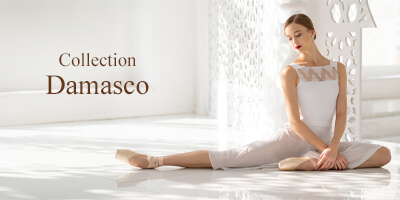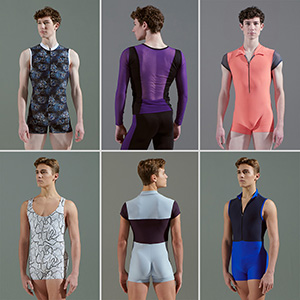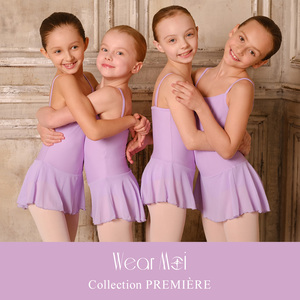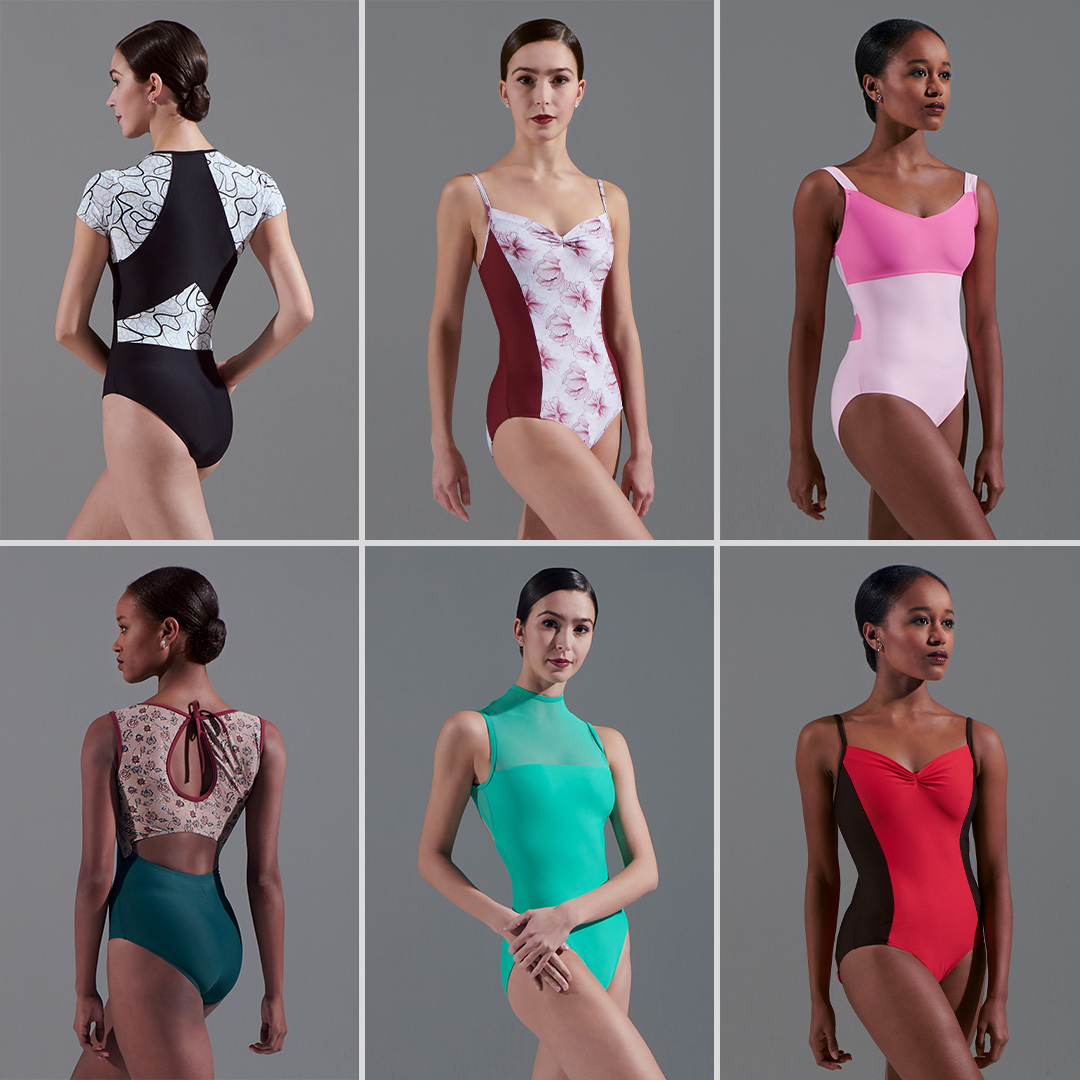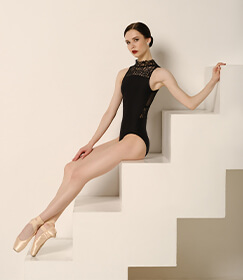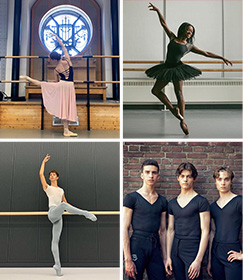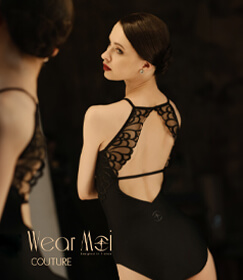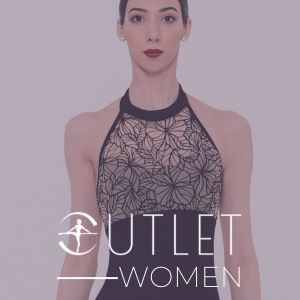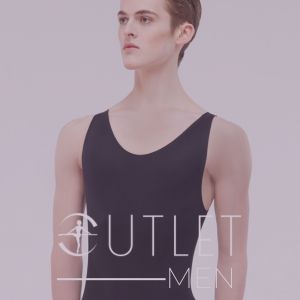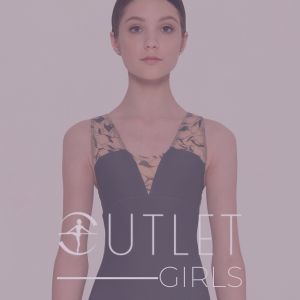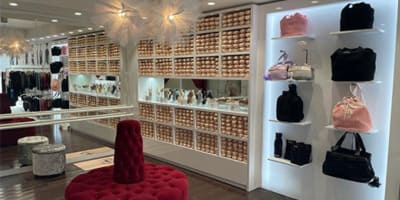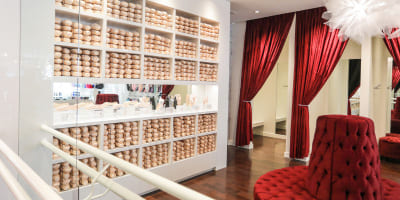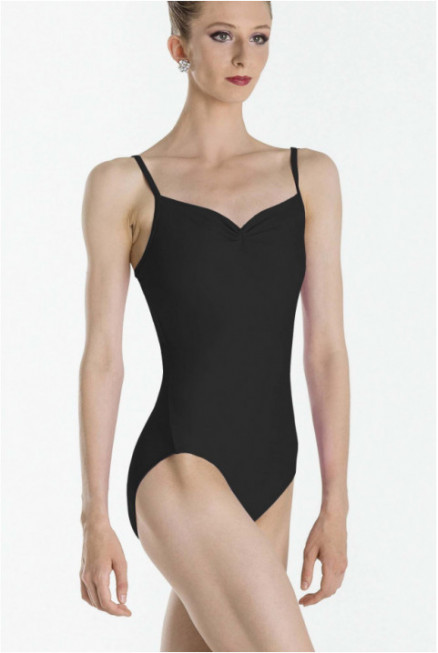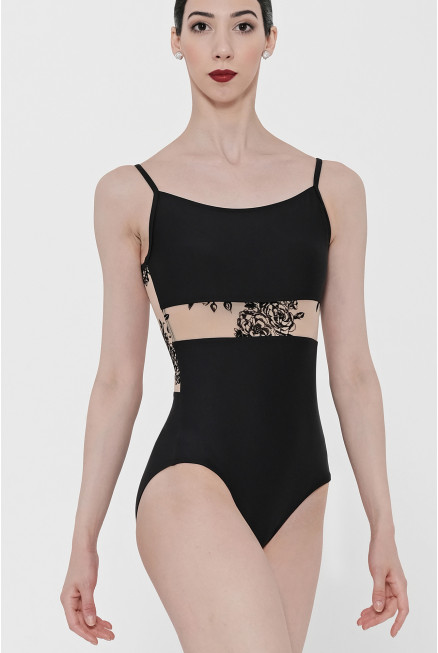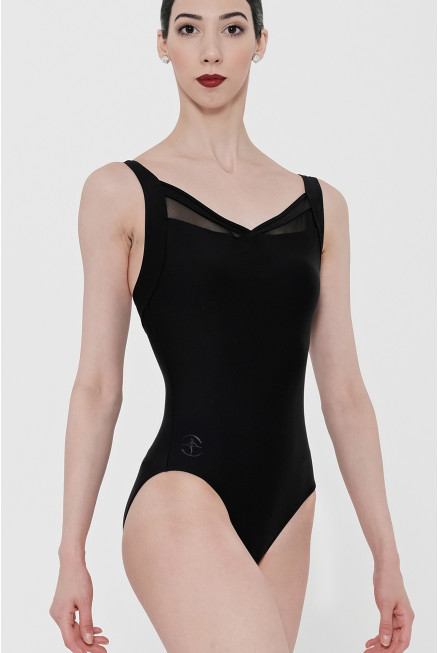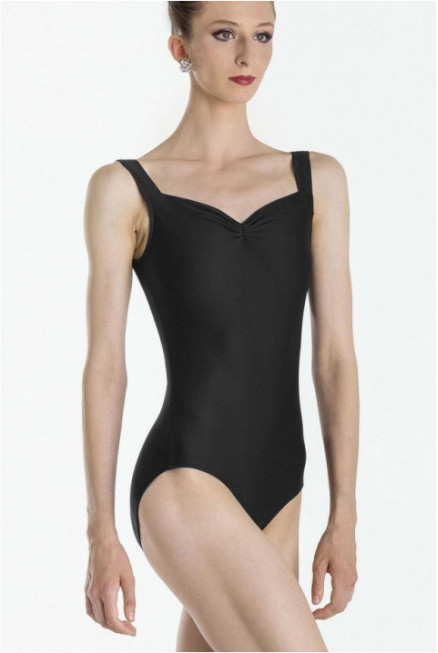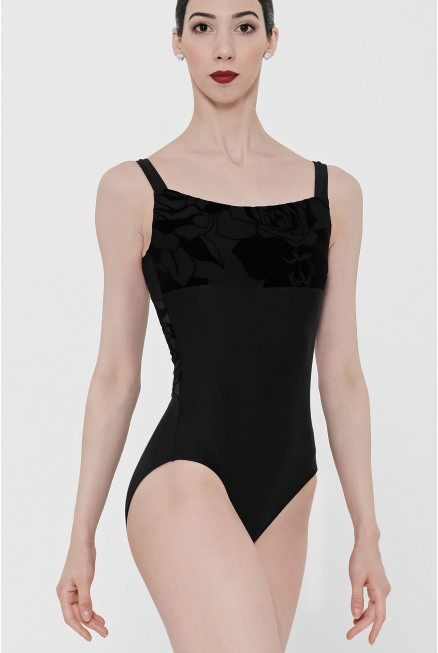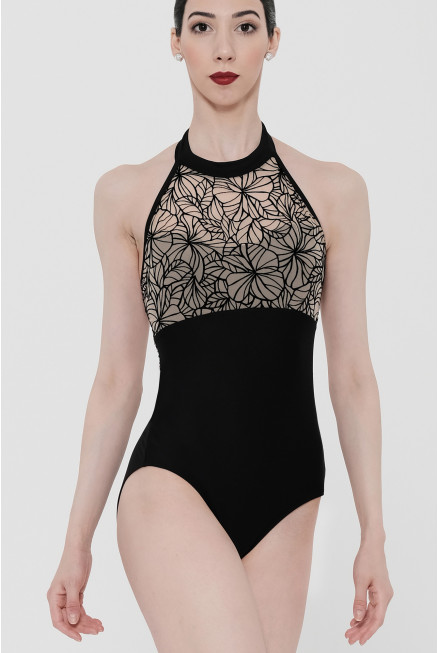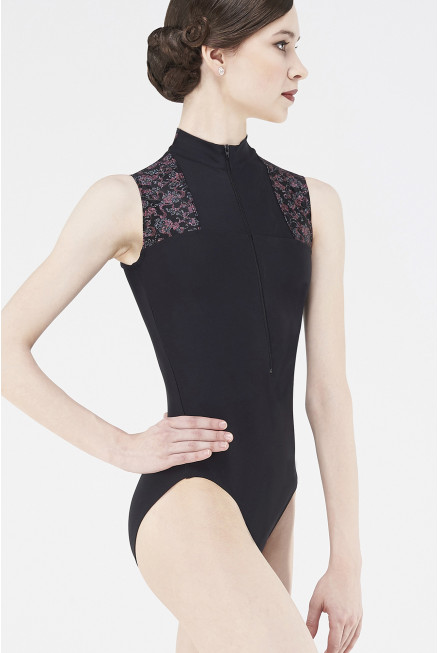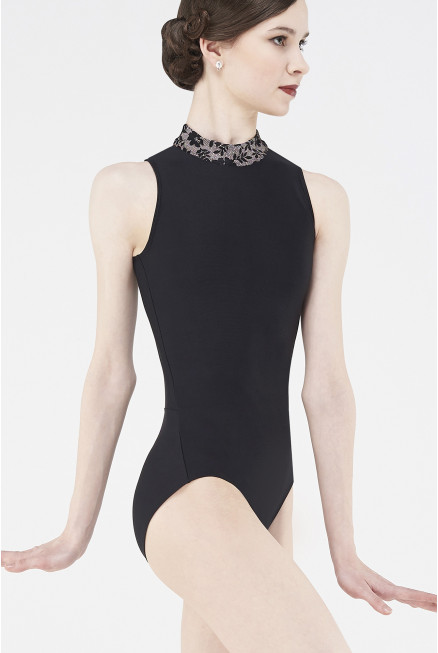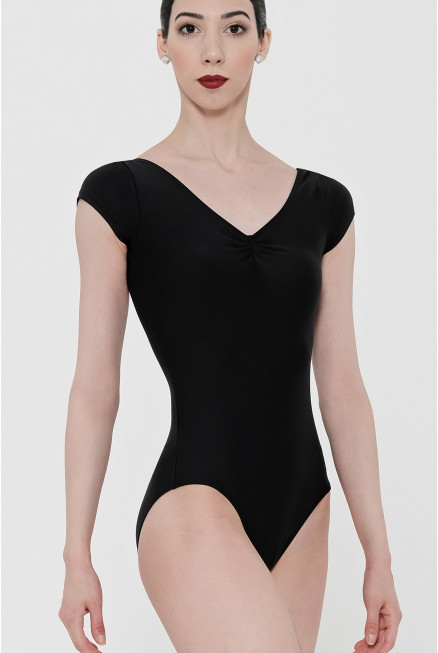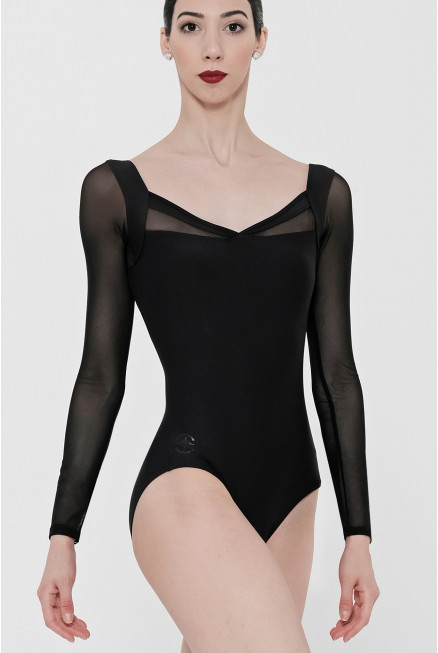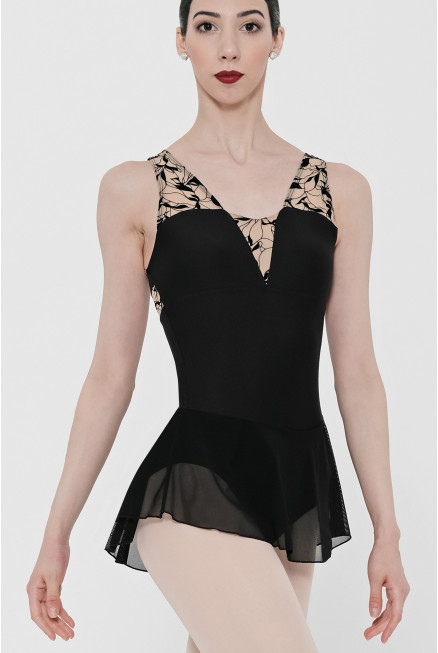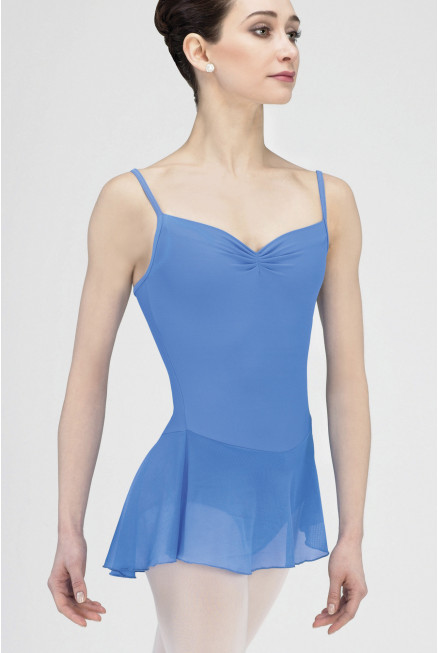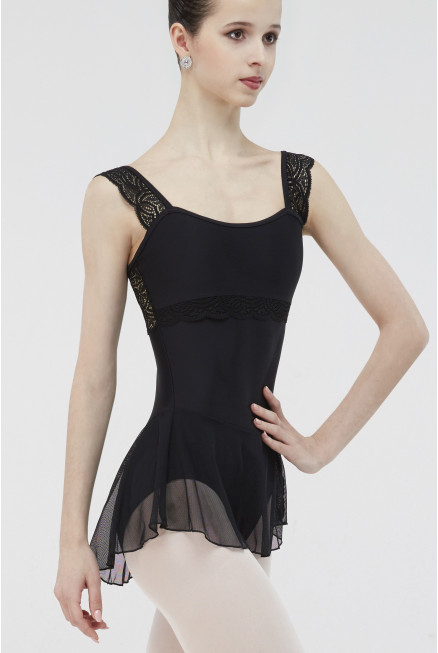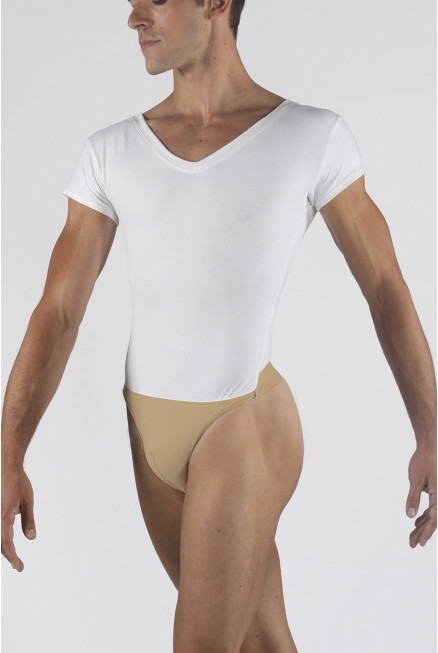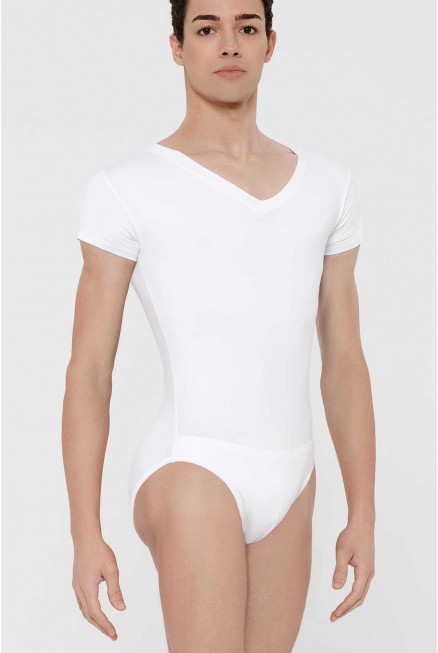Guide to leotards
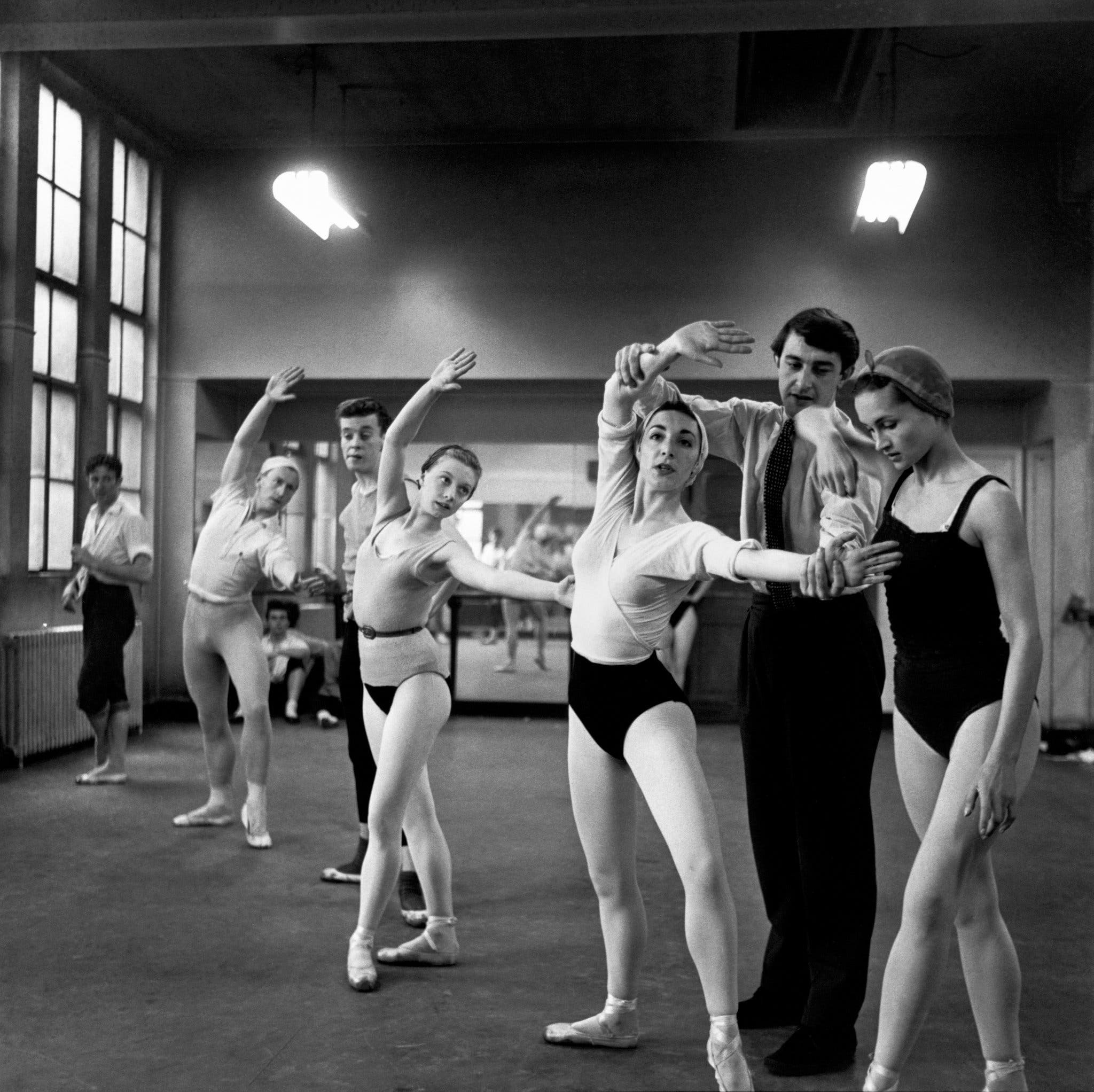
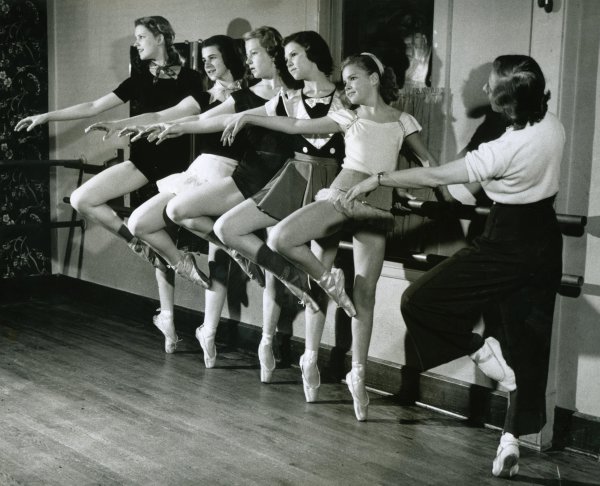
Where it came from...
First, the leotard was created in the middle of the 19th century by French trapeze artist Jules Léotard to meet his performing needs. Jules Léotard, who invented the art of trapeze with two swings, needed a garment that would not catch or hang while enabling him freedom of movement.
Thus, the leotard was born. Though its designer originally dubbed it a "bathing suit", after his death in 1870, the French began referring to the piece as a "Léotard", which became "leotard" for English speakers. Interestingly, "leotard" is much more common in the United States than in France, where "justaucorp" is the standard designation and "léotard" is used only in reference to the men's version. (In French "justaucorps" means "close to the body".)
We can thank the celebrated trapeze performer for giving us a garment in which we can dance freely and execute graceful, precise movements.
Its different shapes...
The leotard concept has come a long way and there are myriad versions. So how do you choose the right one? Shape, material, color — there are lots of questions to answer about your preferences before you can find your perfect leotard. Here is a guide to the different leotard shapes from which you can choose.
Camisole: this is the most popular type of leotard. There are many versions of the camisole top, ranging from plain to embellished with criss-crosses in the back for a more sophisticated look. A pinch in the front of the leotard can highlight the bust line. The cut of these leotards showcases the torso.
Wide straps: this timeless shape ensures comfortable movement and is recommended for children who are starting classical dance lessons. For adults, this cut provides a sense of support and can conceal a bra.
Halter top: it fastens at the nape of the neck for a gorgeous visual result. The exposed back creates an extremely graceful look. However, it does not work well for all body types.
Stand-up collar: this is a great silhouette to flatter the upper body. A leotard with a stand-up collar accentuates the shoulders and lengthens the neck while creating a regal effect. Like the halter top, it fastens at the back of the neck.
Short, 3/4 or long sleeves: these elegant leotards bring attention to the movements of the arms, but they are somewhat less common than sleeveless and camisole leotards. They are a good choice for dancers who tend to get cold and for use in dance studios that are not heated in the winter. Because they cover the arms, they are perfect for dancers who prefer not to expose as much skin.
Skirted leotard (or dress): this alternative creates a more decorative effect and covers more of the thighs and buttocks. The biggest advantage of the skirted leotard is the way it looks: because the skirt is sewn directly to the leotard, its placement is perfect. It appears to extend the waistline downward and to lengthen the torso. A dance dress is ideal for performing because it can be used as a costume. And since it's all-in-one, it's very convenient.
Men's leotard: of course there are leotards designed for men. The most common shapes for men are sleevelss and short-sleeved. Men's leotards often have a thong cut in the back because male dancers usually wear tights or shorts over their leotard. But there are other cuts as well! A version with bottom coverage, for example, is recommended for young dancers. Some leotard designs have built-in cups for more convenience. It is also possible to buy a cup — known as a "dancebelt" — separately.
Its different fabrics ....
What about fabric? There are various possibilities when it comes to leotard materials. Because comfort is of utmost importance in classical dance, choosing the right leotard for your needs is essential.
To begin, let's distinguish two categories: leotards made from a single fabric over the whole garment and leotards comprising multiple types of materials with different properties. At Wear Moi, all our fabrics are subjected to a battery of tests to check their quality, in terms of resistance, elasticity, wear, washability and more. Because our leotards are meant for vigorous, physical use, testing the raw materials is critical so that we can deliver a technically vetted product.
For single-fabric leotards, these are the most common materials:
- Nylon: greatly admired for its resistance, nylon is frequently used in the manufacture of sports apparel. Although this synthetic fiber is very sturdy, it has a certain morphological adaptability that gives the leotards stretch, helps them retain their shape and makes them virtually tear-proof. As for looks, nylon has a synthetic appearance that makes for a somewhat noticeable effect. The material is lightweight and can wick away perspiration and moisture because it is water repellent.
- Microfiber: it is highly breathable and a pleasure to wear because it is so soft to the touch. Microfiber is known for dissipating moisture. Microfiber leotards are a great choice for dancers who sweat a lot because even after intense dancing, there is no moist sensation. Colors are especially long-lasting on microfiber leotards because the fabric stands up well to frequent washing. Another plus with microfiber is that its matte finish creates a refined silhouette.
- Cotton: unlike nylon and microfiber, cotton is an organic material, which means it is biodegradable. It is one of the most widely produced fabrics in the world and we wear it almost every day. Its natural fibers have several advantages, including suppleness, softness, purity and ease of care. Cotton is also hypoallergenic, making it a great choice for dancers with sensitive skin. The super-soft plant fibers make cotton leotards extremely comfortable: they don't itch!
The materials mentioned above contain elastane, which means they are a fabric blend. Elastane is known for its stretchiness, which makes garments comfortable. Indeed, leotards that contain elastane are very nice to wear and they allow for extensive freedom of motion. Because it is supple and light, elastane is a popular material in sportswear. Thanks to the stretchy fibers, garments return easily to their original shape after having been stretched out.
To wrap up, we shall have a look at the materials used in more elaborate leotards that features multiple fabrics. At Wear Moi, we like to design sophisticated leotards that combine comfort, elegance and femininity. This is especially true of our "Fashion" line, in which we use several complementary materials, such as transparent tulle, velvet, jacquard and lace.

